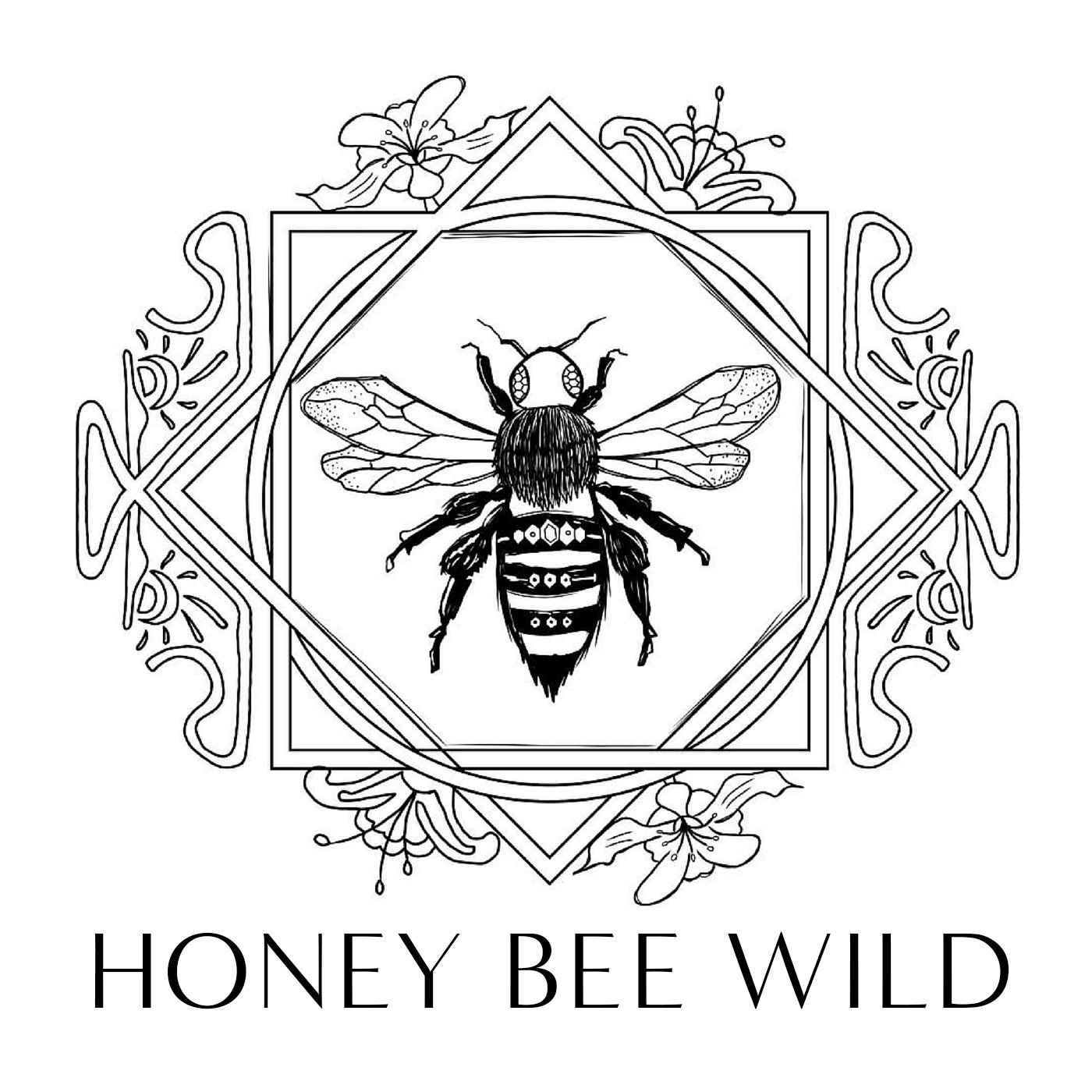Beautiful Homes for Ladies and Bees
Sometimes it's important to take a moment to simply appreciate beauty. Physical beauty. Beauty of nature. Beauty of place. Beauty of soul. I've been thinking a lot about beauty lately. Beauty as a power that evokes a sense of peace, wonder and love. Beauty that comes from the natural world and is emulated time and again by art. Whenever I travel to places that have architecture older than the birth of my country, I am wistfully awed by the detail and artistry found in everything "old". The artistry found in homes, gardens, cathedrals, temples and pieces of furniture.
Beauty moves us. It inspires us. It is a powerful agent of spirit, and we are drawn to it in it's exterior and interior forms. This post is a nod to the human capacity to create art and beauty through the form of a home and a hive.




















These photographs are of a home I had the luxury to visit after completing my workshop in Bath. I spent a glorious afternoon and evening, surrounded by many bee sisters, soaking up the beauty of place, kinship, healthy food and deep rest. I am aware of the privilege of this experience, or the privilege to travel the world for please in the first place. I am aware of how many people are in incredible suffering while I write a post about a beautiful home. I often come up again this conundrum when appreciating beauty that comes from affluence. How can we appreciate or have privilege and luxury while remaining in service to creating a world with greater equality and less consumption? I don't have an easy answer, other to be fully present with where I am, feast or famine. If I am offered a room with a mural, a dip in a private pool and the most generous of meals by a kind sister, I will be in gratitude, I will ask myself to relax, I will be in my heart.
There is no better teacher for this kind of presence than nature. She, the Earth, the natural world, has a beauty, a wildness, that has captured the mind and imagination of artists and biologists alike. The incredible perfection of life-sustaining forces that create mathematically complex growth and movement patterns such as the spiral of a sunflower's seeds, the orbits of the planets or the hex of the honeycomb. Across many ancient and indigenous cultures, this interior world of the hive is one of the most highly regarded examples of nature's mysterious, divine beauty. Glyphs and art depicting the human reverence for the honey bee are found as far back as ancient Egypt and Sumer.
Have you ever seen the inside of a hive? Watched the bees move across comb? Been mesmerized by the coming and going of pollen-bearing, sun-glowing insects. And have you ever notices how this incredible beauty is so disregarded by the form and mechanized construct of the conventional bee hive. Langstroth hives, the white boxes you see lining desolate orchards in drought-stricken California for stark example, were built for humans in order to maximize honey production. They have very little to do with what is most beneficial for the honey bee colony. I'm not unequivocally against Langstroth hives. There are plenty of bee-sensitive beekeepers out there who use langstroth hives. If you go to a bee supply shop, you'll find supplies for a Langstroth, but you likely wont find top bar hives, log hives, golden ratio hives or Warré hives (unless you go to Bee Thinking in Portland!). I'll get into my pro's and con's, feels and theories about lang hives another time, but for now, lets just say, I've tried them out and we didn't become best buds.
There are so many hive styles out there, ranging from log hives found in trees (see Michael Thiele's work with log hives), to sun hives, to strange walled contraptions that are supposed to offer high-rise indoor observational viewing (iffy choice). I encourage anyone interested in getting bees to look into some of the back-to-nature, DIY hive styles out there. Alternatively, you can build or buy a Warré or Kenyan Top Bar hive - two top bar style hives that are relatively well known. Note: I'm not getting into the British national hives because it's not quite as well known in the states and I don't have enough knowledge.
Combining art and hive style, more and more beekeepers are getting into beautifying the exterior of their hives, and why not? We see such incredible beauty in nature's own work, why not show the reverence of the interior temple of the hive through our artistic additions to the exterior? If you decide to put your bees in a box (as opposed to a skep or log) and become responsible for them, why not let it be a box of personal artistry? Painted, carved, designed, and placed in a beautiful space - let your creativity come through.
Perhaps through this artistic weave between the human world and the non-human we can all find moments of presence with the beauty that is Spirit in form.








